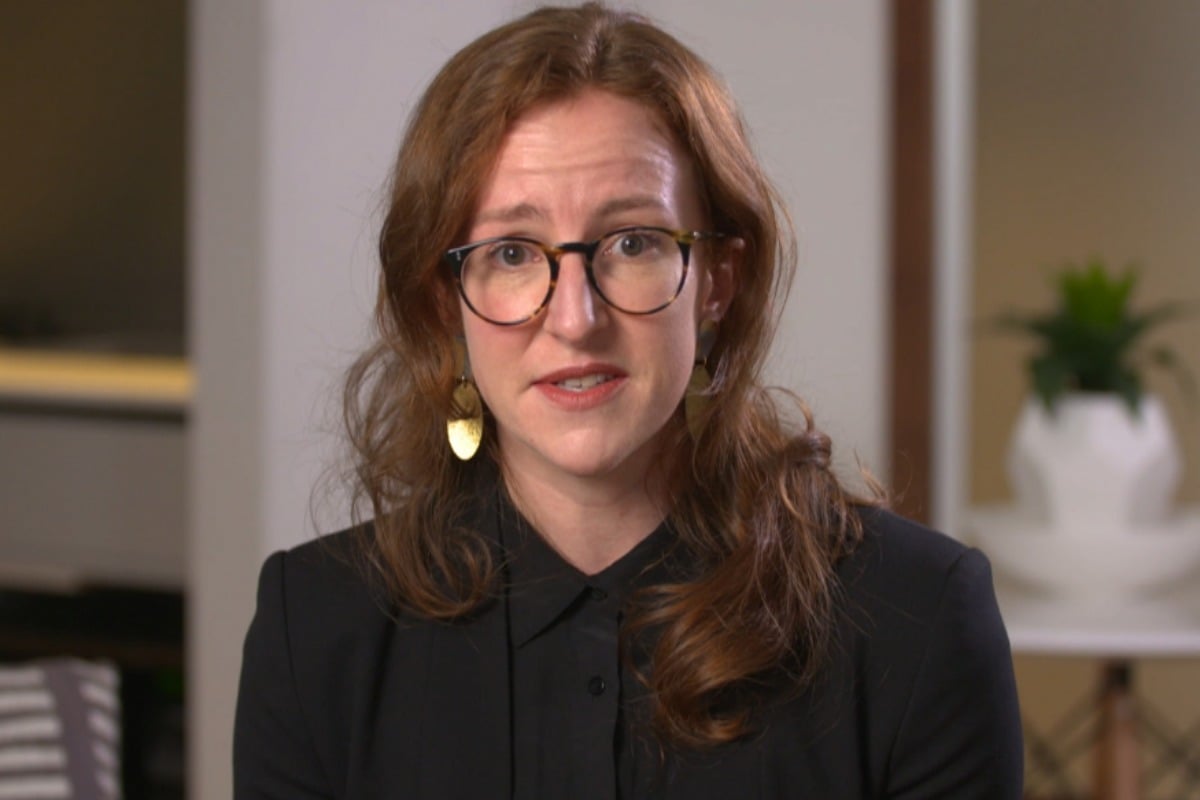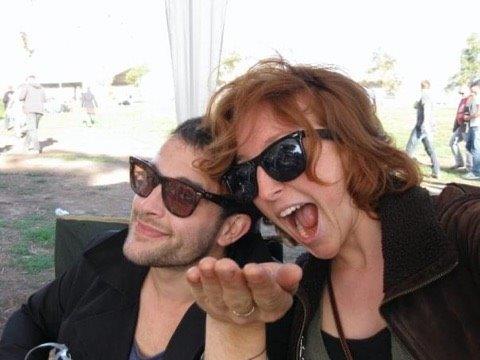
Hannah Cross had always been one of those kids whose sleep was slightly wonky.
She remembers laying awake at night a lot as a kid, while also having the ability to sleep anywhere at the drop of a hat.
By the time she was thirteen the 'sleepiness' had started to increase, and with it came voices and visions that would startle her back awake if she ever started to nod off.
WATCH: Hannah on being diagnosed aged 28. Post continues after video.
Sometimes surfaces would move like a rippling piece of fabric.
Sometimes she'd see spaceships, or weird pieces of machinery, or hundreds of animals running beside her, or figures without faces. One time she saw a woman in an ornate red dress climbing out of a mirror levitating in the middle of the room.
Other times it was sounds. Heavy breathing in her ear, or someone shouting her name.
"I knew from the get go the sounds and visions weren't real in an objective sense even though they were very real for me. I came to understand them as my body's way of trying to wake me up," Hannah told Mamamia.
"There was always a feature of them that was quite surreal...they were almost aura-like," she added.


